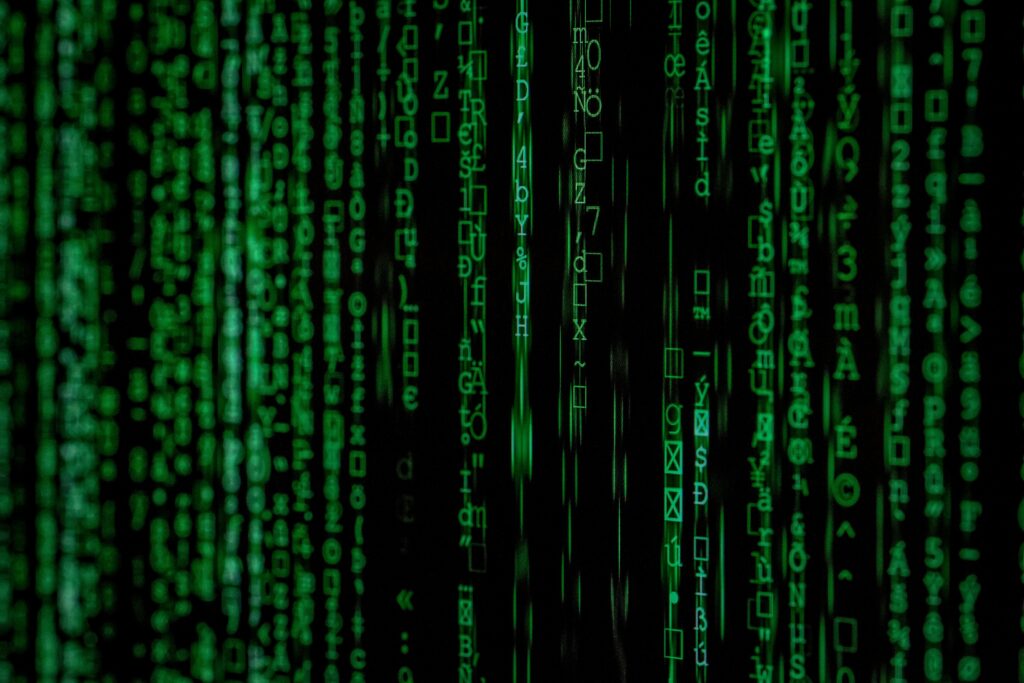Technology in Cybersecurity: Protecting the Digital World
As the digital world continues to grow, so do the risks and vulnerabilities associated with it. Cybersecurity has become one of the most critical areas of technological development, as individuals, businesses, and governments work to safeguard sensitive data and critical systems from cyber threats. From advanced encryption methods to artificial intelligence (AI) and machine learning (ML), technology plays a central role in cybersecurity, evolving rapidly to counter increasingly sophisticated cyberattacks. This article explores the role of technology in cybersecurity, the challenges it faces, and its future trajectory.
The Rising Threat Landscape
In the digital age, cybersecurity threats have become more frequent and complex. Cybercriminals use various methods such as phishing, ransomware, malware, and denial-of-service (DoS) attacks to compromise networks, steal data, and disrupt services. High-profile data breaches at corporations, financial institutions, and government agencies have exposed the vulnerability of even the most robust security systems. These attacks not only result in financial losses but can also erode public trust and compromise national security.
The expansion of cloud computing, the Internet of Things (IoT), and remote work has introduced new attack vectors, making cybersecurity more challenging. As the number of connected devices grows, so does the potential for cyberattacks. Protecting these diverse digital environments requires advanced technological solutions that can detect, respond to, and mitigate threats in real-time.
Advanced Encryption and Authentication
Encryption is one of the most fundamental technologies in cybersecurity. It involves encoding data so that Technology in Cybersecurity only authorized parties can access it. Advances in encryption algorithms, such as the AES (Advanced Encryption Standard), have significantly strengthened the protection of sensitive data, whether in transit or at rest. End-to-end encryption, now commonly used in messaging platforms and data transfer systems, ensures that even if data is intercepted, it remains unreadable without the correct decryption key.
Multi-factor authentication (MFA) is another critical technology that enhances security by requiring users to provide multiple forms of verification before gaining access to a system. Traditional password-based authentication is increasingly being replaced by more secure methods, such as biometrics (fingerprints, facial recognition), one-time passwords (OTP), and hardware tokens.
Artificial Intelligence and Machine Learning in Cybersecurity
Artificial intelligence (AI) and machine learning (ML) have become powerful tools in the fight against cybercrime. These technologies help cybersecurity professionals stay ahead of increasingly complex attacks by automating threat detection and response. Machine learning algorithms can analyze vast amounts of data to identify patterns and anomalies that might indicate a cyberattack. This enables faster detection of threats that might otherwise go unnoticed by traditional security systems.
AI-powered systems also assist in responding to attacks in real-time. For instance, when a system detects a potential threat, AI can automatically trigger countermeasures, such as isolating infected devices or blocking malicious traffic. Over time, machine learning algorithms improve their accuracy by learning from previous incidents, making them more effective in identifying emerging threats.
Another key application of AI in cybersecurity is the detection of zero-day vulnerabilities, which are previously unknown weaknesses in software or hardware that can be exploited by attackers. AI can help identify these vulnerabilities more quickly than human researchers, reducing the time window in which cybercriminals can exploit them.

Cybersecurity in Cloud Computing and IoT
As businesses increasingly move their operations to the cloud and the Internet of Things (IoT) continues to expand, cybersecurity technologies must evolve to secure these environments. Cloud service providers have developed robust security solutions, such as encryption, firewalls, and intrusion detection systems (IDS), to protect cloud-based data and applications. However, cloud environments also introduce new challenges, such as the shared responsibility model, where both providers and users must ensure that their part of the infrastructure is secure.
In the IoT space, the proliferation of connected devices—from smart home appliances to industrial machinery—creates a vast network of potential entry points for cyberattacks. IoT devices often have limited computing power, making it difficult to implement traditional security measures. To address this, new technologies are being developed, such as lightweight encryption protocols and AI-driven security systems that can monitor IoT networks for suspicious behavior.
The Role of Blockchain in Cybersecurity
Blockchain technology, best known for its role in cryptocurrencies, also has significant potential in cybersecurity. Its decentralized, tamper-resistant structure makes it ideal for securing data and ensuring the integrity of transactions. In cybersecurity, blockchain can be used for secure identity management, verifying the authenticity of users and devices without relying on a central authority.
Blockchain also has applications in securing supply chains, protecting intellectual property, and preventing fraud. For example, blockchain-based systems can ensure that software updates are delivered securely and have not been tampered with, reducing the risk of malware or other malicious code being introduced into critical systems.
Challenges and the Future of Cybersecurity
While technology has made significant strides in improving cybersecurity, challenges remain. One major issue is the shortage of skilled cybersecurity professionals. As cyberattacks become more sophisticated, the demand for experts who can manage and respond to these threats continues to grow. Another challenge is the ever-evolving nature of cyber threats, as attackers continuously develop new techniques to bypass existing security measures.
Moreover, the rise of state-sponsored cyberattacks adds another layer of complexity to the global cybersecurity landscape. These attacks often target critical infrastructure, government agencies, and corporations, making it essential for countries to invest in advanced cybersecurity technologies and collaborate internationally to combat these threats.
Conclusion
Technology is the backbone of modern cybersecurity, providing the tools and solutions necessary to protect our increasingly digital world. From advanced encryption and AI-powered threat detection to blockchain and IoT security, these technologies are essential in defending against the ever-evolving landscape of cyber threats. While challenges such as the digital skills gap and sophisticated cyberattacks remain, ongoing technological advancements will continue to enhance our ability to safeguard data and systems in the years to come.
